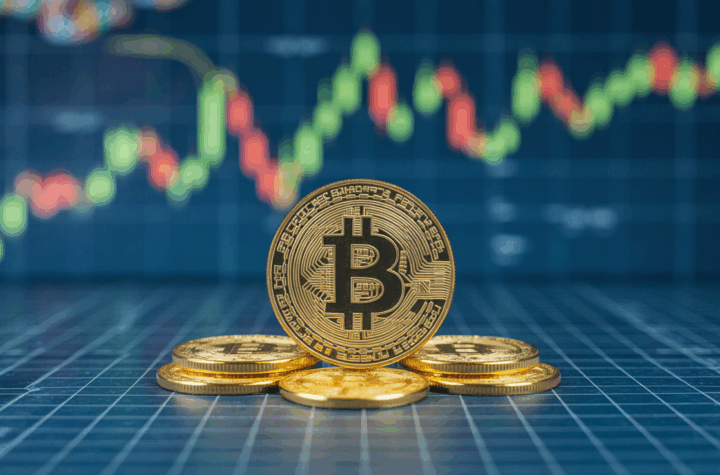
Monday’s market sentiment remained cautious but showed signs of improvement as reports suggested that the upcoming U.S. tariffs, set for April 2, may be less aggressive than previously anticipated.
Bitcoin (BTC) briefly surpassed $87,000 early Monday, while Solana (SOL), XRP (XRP), and Dogecoin (DOGE) each posted gains exceeding 4%, kicking off the week with positive momentum. Traders remained focused on upcoming U.S. economic data releases, searching for indications of potential market trends.
Bitcoin remained steady around the $85,000 mark over the weekend, facing resistance due to inflation concerns and broader uncertainty in the U.S. economy. Among major cryptocurrencies, SOL led with a 5% increase in the past 24 hours, whereas Tron’s TRX recorded the largest drop, falling 4% after retracing gains from last week’s memecoin-driven rally.
“Investors are exercising caution amid uncertainty over upcoming market movements,” said Nick Ruck, director at LVRG Research, in a Telegram message. “This week’s U.S. economic reports on consumer confidence, personal spending, and PCE inflation will provide insights into how American consumers are responding to the evolving economic landscape.”
Consumer confidence measures public sentiment about economic conditions—higher confidence generally correlates with increased spending, while lower confidence often leads to a reduction in discretionary purchases. Personal spending tracks consumer expenditures, a major driver of economic growth. The Personal Consumption Expenditures (PCE) index, a crucial inflation gauge, reflects changes in the prices of goods and services.
These economic indicators have significant implications for the crypto market. Strong consumer confidence and spending could signal a stable economy, potentially driving increased interest in riskier assets like cryptocurrencies. On the other hand, a higher-than-expected PCE index reading—indicating rising inflation—may encourage investors to view crypto as a hedge against a weakening dollar. However, a drop in consumer confidence and spending could indicate economic weakness, leading to more cautious investor behavior and potential downward pressure on crypto prices.
Despite prevailing concerns, some analysts suggest that the U.S. economy remains more robust than market sentiment implies, making this an attractive accumulation zone for long-term crypto investors.
“The U.S. economy remains strong despite softer sentiment in the markets,” said Augustine Fan, head of insights at SignalPlus, in an email to CoinDesk. “Many market observers have overestimated economic weakness, while actual data suggests that fundamentals remain resilient.”
Fan also noted that crypto markets saw limited movement over the past week, mirroring stock market trends. “Technically, prices remain in a downward pattern, but key support levels are holding. Ethereum (ETH) is stabilizing within its 2022 range, with the next significant support level near $1,500,” he added.
Ethereum’s market outlook aligns with a decline in network activity, leading to one of the lowest daily token burns recorded in recent months.
Token burning removes cryptocurrency from circulation by sending it to an inaccessible address. Ethereum’s burn mechanism, introduced in August 2021 through the EIP-1559 upgrade, eliminates all base transaction fees from the supply.
However, Ethereum transaction volumes have declined in recent months as users shift toward lower-cost blockchain networks such as Solana and Tron. Additionally, speculative trading activity has slowed since late January.
On Sunday, only 50 ETH was burned—a record low and a staggering 99% decline from the peak of 71,000 ETH burned on May 1, 2022. Daily burns have gradually decreased since early 2023, fluctuating between 500 ETH and 3,000 ETH.






More Stories
DOGE drops to $0.18 amid long-term holder exits and a looming death-cross price pattern.
Asia Markets: Cautious Calm Settles Over Bitcoin as Risk Positions Rebuild
“Analyst Dubs It ‘Bitcoin’s Silent IPO’ While Dissecting Market Stagnation in Viral Essay”